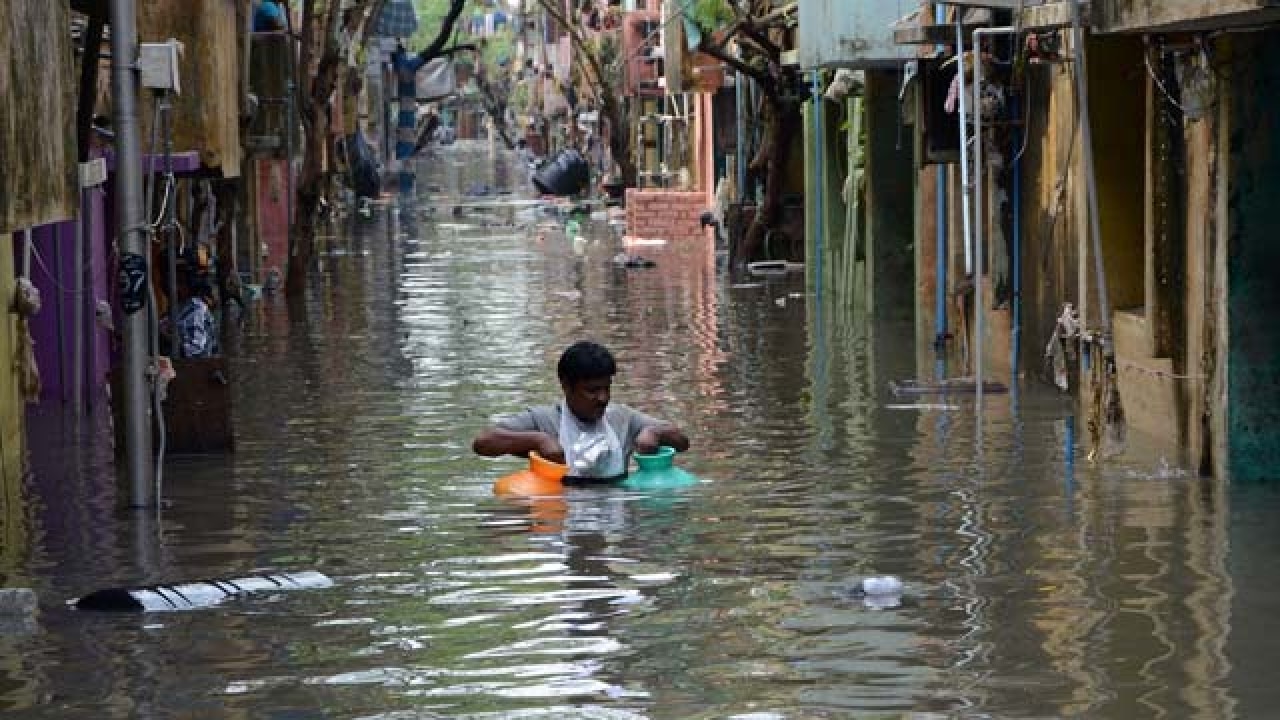
The unveiling of the national disaster management plan (NDMP) is a watershed moment which heralds a new thinking in government circles. Henceforth, administrations, at the Centre, state and district-level, can no longer get away with pinning the blame on “unforeseen calamities”. The NDMP demands that at every tier of government, the responsible functionaries should be prepared for every possible natural and man-made disaster and be ready to manage the resultant situation. The NDMP also requires adequate investments in techniques that mitigate disaster risks and call upon administrators to be prepared for an effective response which will help in recovery, rehabilitation and reconstruction. So from floods, earthquakes and cyclones to stampedes, building collapses and industrial safety, the new approach will require the civil administration to stay on top of every possible threat, emerging scenario, and the final resolution. However, this is easier said than done.
Years of wayward planning, lax regulation and poor oversight have led to a situation where the quality of infrastructure adds to disaster woes and will come in the way of rescue efforts in the event of disaster striking. This is most evident in cities where narrow roads, unauthorised constructions, encroachments and poor drainage networks create hazards in the event of earthquakes, fires or storms. A study of recent natural and man-made disasters indicate that official or political collusion or inaction may have contributed to the tragedy in the first place. In this context, a culture of factoring in disaster awareness and preparedness must precede decisions taken by public servants and private individuals.
The blast at a chemical factory in Dombivli in Maharashtra which killed 12 people and injured nearly a 100 exposes the lax regulation of industries in India. The Kalyan industrial zone is home to nearly 3,000 factories spread across six industrial estates but there are just 12 factory inspectors to mount vigil. While there is an official onslaught against the “inspector raj” which is purportedly curtailing industrial growth, this is clearly affecting safety regulations. The fireworks explosion at the temple in Kollam, Kerala, which killed over a 100 people, is another example of the lax governance structures. Despite the district administration banning the fireworks display because of safety concerns, the organisers counted on political patronage to go ahead with the event. Similarly, the 2015 Chennai floods has also been linked to tardy governmental response to the heavy rainfall received by the city before the situation escalated. The 2013 Uttarakhand landslides were precipitated by the unregulated mushrooming of constructions to keep pace with the tourism boom.
However, there are also the occasional silver linings like the successful evacuation of nearly four lakh people before Cyclone Hudhud struck Odisha and Andhra Pradesh in 2014. The learnings from the 1999 super-cyclone had clearly helped the administration take preventive action. With adequate political support and pressure, the civil administration can do wonders. The national disaster management plan chalks out the responsibilities of the central and state government in terms of understanding risks, capacity development, mapping, awareness generation, mock drills, early warning, evacuation, search and rescue, communication, medical care, and shelter facilities. It is a comprehensive document that tabulates an array of steps that have to be taken at multiple levels to combat every possible disaster. The plan is also an opportunity for the government to audit the functioning of public institutions and plug weaknesses. Alternatively, it will also be forced to loosen purse strings where necessary and enact new laws and regulations to foreground safety imperatives. Considering the immense long-term economic damage that disasters pose to individuals, families, communities and the state and country at large, the expenditure on disaster mitigation must be viewed as investment for a better future.